|
We have shown you the best city beaches in the world
listed by renowned Dr. Beach top sandy picks, here even shown you the
best beaches for dogs. But, surfers and sunbathers beware, not all
beaches are sandy paradises. Here are the world top 10 dangerous
beaches, with the most shark attacks according to the International
Shark Attack File.
|
|
Fraser Island, Australia
The seas surrounding Fraser Island, to the south-east of
Queensland, are a no-go zone. That is unless you mind swimming with
sharks and jellyfish, while battling strong rip currents. Head inland
and you're likely to bump into some of the world's deadliest spiders,
the odd saltwater crocodile, as well as dingoes, which are known to
occasionally attack humans.
|
|
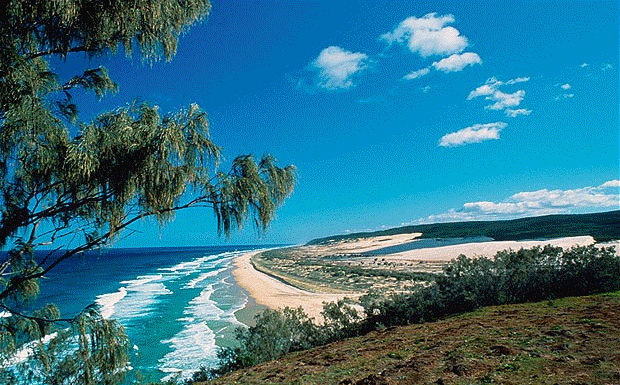 |
|
Gansbaai, South Africa
This part of the world is great white territory. A few miles off the
coast lies Shark Alley, a small channel of water between Dyer Island and
Geyser Rock. It is home to a colony of around 60,000 fur seals, which
attracts swarms of great whites, and subsequently, hordes of camera-weilding
tourists in shark-proof cages.
|
|
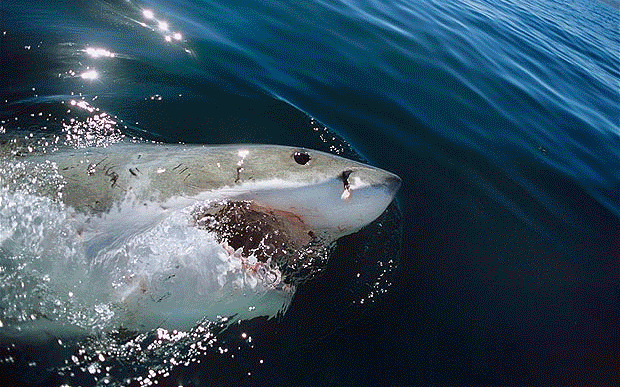
|
|
Hanakapiai, Hawaii
If this sobering sign that greets visitors to Hanakapiai Beach in Hawaii
is accurate, at least 83 people have drowned here over the years. Like
much of the Kauai's Napali Coast, rip currents and powerful waves make
swimming a highly dangerous activity. There have even been reports of
drowning victims being swept out to sea while paddling in the shallows.
|
|

|
|
Praia de Boa Viegem, Brazil
This popular sandy beach in Recife, Brazil, attracts sunseekers
throughout the year, and was once considered shark-free. But since 1992,
at least 50 shark attacks have been recorded here, including 19 which
were fatal. Environmentalists say the destruction of the region's
coastal ecosystem, caused by fishing boats that trawl ever closer to the
coastline, is to blame. And if that wasn't reason enough to watch your
back, the city has problems with violent crime.
|
|
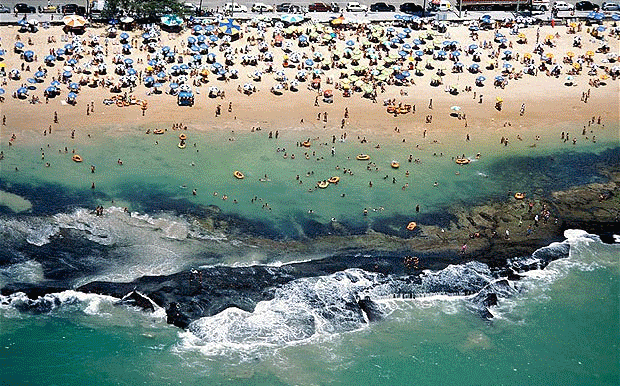
|
|
Northern Territory and Queensland, Australia
Each year, between October and April, countless swarms of box jellyfish
force the closure of hundreds of beaches across northern Australia. They
are among the most venomous creatures in the world, and have been
responsible for at least 70 deaths since 1883. Stings are so agonisingly
painful that some victims suffer cardiac arrest before they can reach
the shore.
|
|
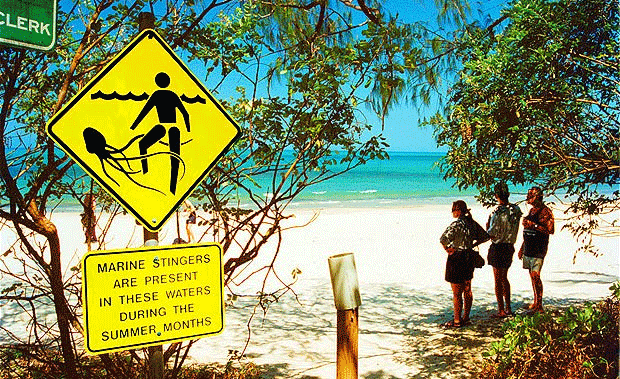
|
|
Volusia County, Florida
According to the International Shark Attack File (ISAF), a database for
reported shark attacks, more unprovoked shark attacks have taken place
off the coast of Volusia County in Florida than in the whole of South
Africa – 235 in total, since 1882. None, however, have been fatal.
You're also more likely to be struck by lightening in Florida than
anywhere else in North America: 71 deaths were caused by lightning in
the state between 1997 and 2006.
|
|
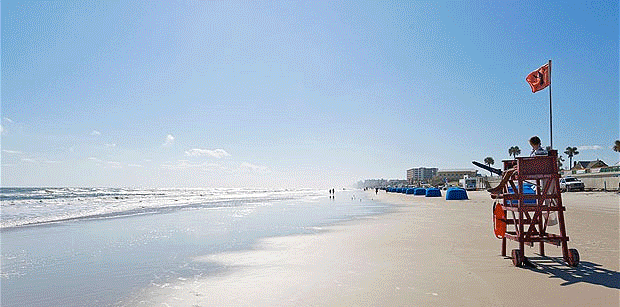
|
|
Chowpatty Beach, India
Come on in, the water's lovely! Chowpatty Beach in Mumbai has long held
a reputation as one of the world's most polluted, and the sea here is
entirely unfit for swimming. The beach, however, shouldn't be avoided in
early September, when Mumbai's residents flock here to celebrate the
Hindu festival of Ganesha Chaturthi.
|
|
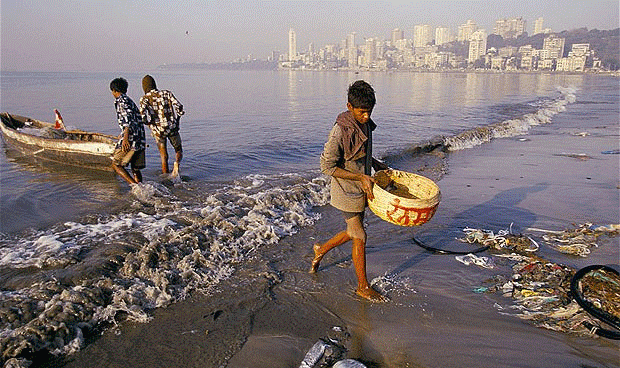
|
|
Copacabana Beach, Brazil
It's not quite in the same league as Praia de Boa Viegem in Recife, with
only six confirmed shark attacks since 1931, but the greater danger here
is petty crime. Theft and robbery are commonplace, so leave your camera
and wallet in the hotel safe.
|
|
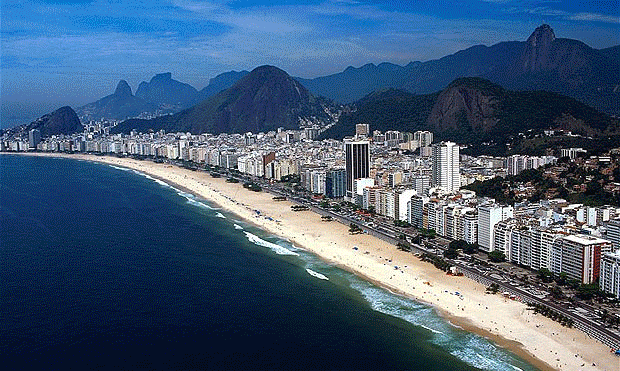 |
|
Bikini Atoll, US Marshall Islands
This Unesco World Heritage Site is dangerous for two reasons: nuclear
radiation and sharks. It was the site of more than 20 nuclear weapons
tests between 1946 and 1958, and – although the islands were declared
"safe" by US boffins in 1997 – their original inhabitants have refused
to return, and eating locally-grown produce is not advised. So no
chomping on fallen coconuts. Furthermore, the lack of fishing in the
area during the last 65 years means that sea life – including sharks –
has flourished, which, along with the numerous shipwrecks in the region,
attracts hundreds of divers each year.
|
|
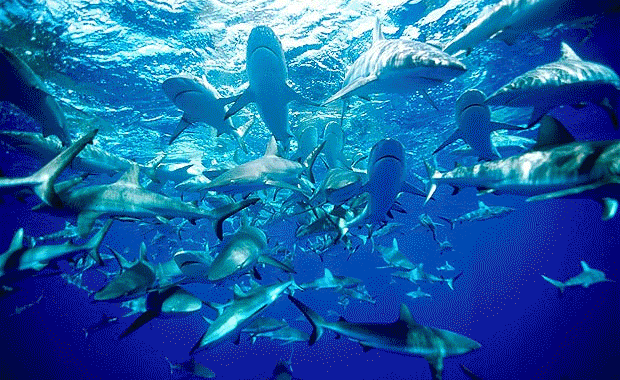 |
|
The Red Triangle, California
This section of the northern Californian coastline, from Big Sur to
Bodega Bay, is the location of 11 per cent of all recorded attacks on
humans by great white sharks, according to the ISAF. The large
population of marine mammals – including seals, otters and sea lions –
is responsible.
|
|
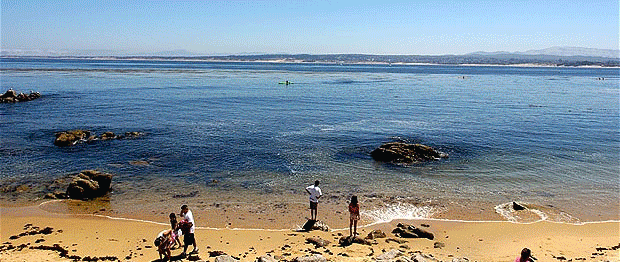 |